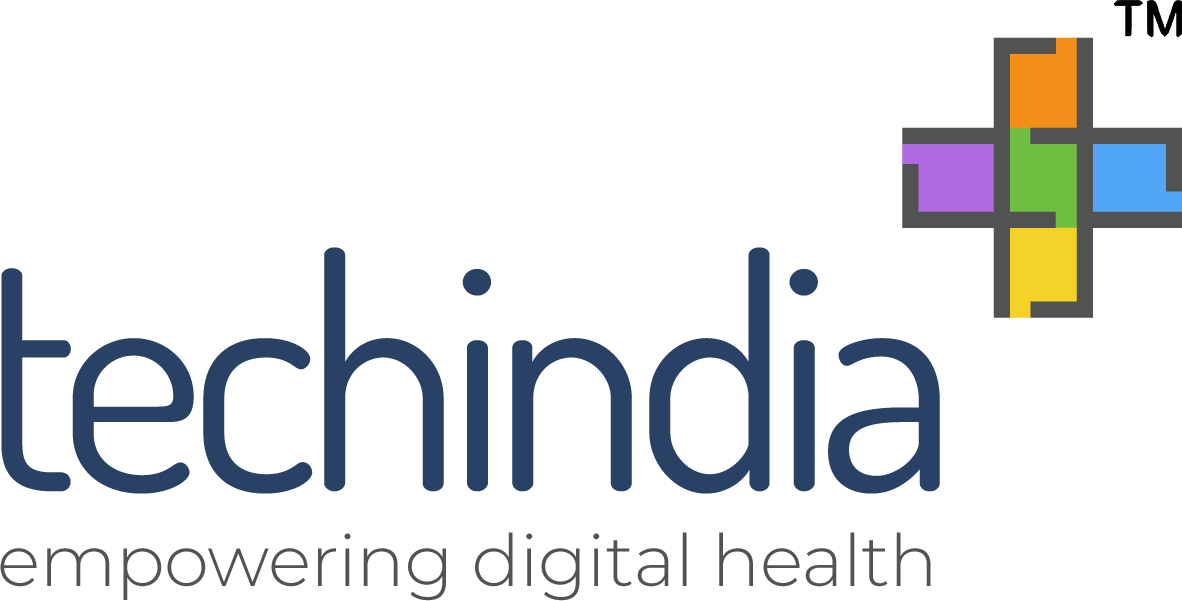- Posted: 28 Nov 2016
- Category: myblog
Notable Remote Patient Monitoring Technologies in 2017
Timely detection and treatment of diseases is the key to saving millions of lives across the world. Often, chronic illnesses breed inside the human body without giving away noticeable symptoms, only to strike fatally without a warning.
Thankfully, RPM (Remote Patient Monitoring) is making path-breaking technological advancements to address this concern.
While the concept of RPM is not new, recent leaps in various fields of technology such as Internet of Things, Artificial Intelligence, Big Data Analytics, and wearable technology are promising to make RPM more effective.
Listed below are few of the most significant RPM technologies to surface in 2017:
Collection of Patients’ Health Data
Wearable Technology: Wearable products such as the Apple Smartwatch and fitness bands are making remote health monitoring a convenient possibility. Smart, intelligent, and now relatively affordable, these wearable products are equipped to track heart rate, which is very crucial in determining patients’ health. There is a high possibility that in future, these wearables will come equipped with sensors that can track blood pressure, sugar levels, brain activity, etc.
Sensor Implants: Although still debated for the anticipated risks they carry, advanced sensor implants can contribute significantly to the field of RPM. Much more accurate and advanced than their wearable friends, advanced sensor implants will be a path-breaking RPM solution. However, technology experts and innovators need to find ways to make nano sensors that can be powered to last for many years, and are compatible with human tissues.
Storage & Analysis of Patients’ Health Data
Cloud Computing & Artificial Intelligence (AI): Wearables and sensors collect health data for each patient, 24/7! How difficult would it be for the doctors to store and analyse these data points and administer effective medical care?
The answer lies in cloud computing and AI. While cloud helps store heaps of data remotely, AI and Big Data analytics not only analyse these large data files, but can also highlight health issues – enabling doctors to make informed decisions.
Administering Medical Care
Drug delivery sensors: Sensor implants, in the future, can be preloaded with drugs that can be delivered to target area(s) in the body by a doctor sitting in a remote location. Alternatively, using IoT, all sensors can communicate, take a decision using AI (on the parameters fed by doctors), and administer the drug automatically.
The Next Generation Internet: The internet of tomorrow, 5-G, will play a stellar role in making everything discussed above possible. Fast and seamless internet connectivity will make the real contribution in monitoring, storing, analysing patients’ health, and administrating medical care in the year 2017.
These emerging RPM technologies can be conveniently adopted as they address all aspects of patient care; collection, storage, and analysis of data, machine learning solutions to highlight health issues, and solutions to remotely dispense medical administration. The new year is set to bring tangible advancement in RPM and health care in general; the challenge now is to make these new technologies affordable and sustainable. Well, Smartphones, powered by health monitoring sensors and data storage and analysis apps, may hold the key to this puzzle.
Recent Post

We're helping some of the most respected names in healthcare deliver measurably better outcomes. Let us show you what personally Human & AI integrated solution can do for your organization. While filling the form, please fill in the information more specifically that you are looking for.
Thank you for your query! We will get back to you shortly!!

